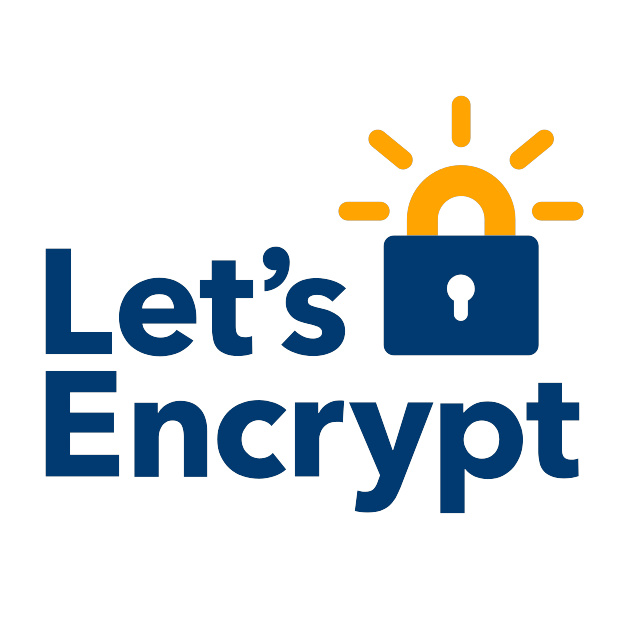October 12, 2018
CentOS
Let's Encrypt
Ngnix
SSL

You're founding this page because of you already know what is Nginx and Let's Encrypt. In this simple tutorial you will learn how to install and configure Nginx and Let's Encrypt on CentOS 7.
If you're using Amazon web services or Google Cloud Platform or any other cloud service first make sure you have allowed HTTP and HTTPS access to the VM.
Update your CentOS 7
sudo yum update
Installing and configuring Nginx
sudo yum install nginx
Next we need to point a domain to the server. Run following command.
sudo vi /etc/nginx/nginx.conf
Find the
server_name_; line and replace the
_ underscore with your domain name.
(By clicking
Insert button on keyboard you can edit the file. Press
Esc and type
:wq and hit
Enter will save your config)
e.g:
server_name example.com www.example.com;
By running below commands make sure your setting is successful.
sudo systemctl start nginx
sudo systemctl enable nginx
sudo nginx -t
Setting Firewall
We also need to allow HTTP (port:80) and HTTPS (port:443) via VM local firewall.
If you're running
firewalld, run below commands.
sudo firewall-cmd --add-service=http
sudo firewall-cmd --add-service=https
sudo firewall-cmd --runtime-to-permanent
If you're running iptables, run following commands.
sudo iptables -I INPUT -p tcp -m tcp --dport 80 -j ACCEPT
sudo iptables -I INPUT -p tcp -m tcp --dport 443 -j ACCEPT
If you're not sure what is your firewall, just run
firewalld and
iptables configuration commands. It will not damage your settings.
Obtaining a Certificate using Nginx plugin
Run below command, with your domain names. It will ask you simple questions. Just answer them.
sudo certbot --nginx -d example.com -d www.example.com
Updating Diffie-Hellman Parameters
Now you successfully installed and configured done Nginx web server with Let's Encrypt. But if you're checking SSL via
SSL Labs, it will show you a
B Grade due to weak Diffie-Hellman parameters. We can fix this by creating a new
dhparam.pem file and adding it to our server block.
Run following command.
sudo openssl dhparam -out /etc/ssl/certs/dhparam.pem 2048
This will take a long time to generate.
Setting Up Auto Renewal
Let's Encrypt certificates only valid for ninety(90) days. So when it will near to expire soon, you will get an email notification. Running following command you can renew certificate yourself.
certbot renew
But it is easy when we use crone jobs.
Run following command:
sudo crontab -e
Add following line and save it.
0 0 1 * * /usr/bin/certbot renew --quiet
It will renew your certificate every month. If you need change to custom time period please find the
Configuring Cron Tasks on CentOS docs.
You're all done. If anything wrong please let me know.
Source: digitalocean.com
![]()




